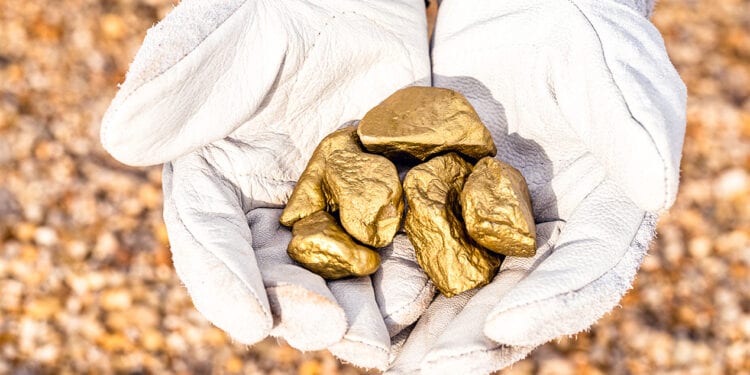Gold prices are poised for another banner year, with factors that drove prices to record highs in August 2020 set to continue long into 2021. Despite a momentary tumble during the final months of 2020, prices rebounded strongly on the first day of trading for the year on Monday 4 January 2021, rising by around US$50 to well over US$1,900 per ounce, according to S&P Global Market Intelligence.
For much of 2020, gold prices were propped up by investors seeking refuge from high levels of uncertainty in the broader market as a consequence of the global pandemic. Prices dipped at the end of last year amid news that several COVID-19 vaccines had been developed and were ready for deployment. However, Monday’s rebound indicates initial euphoria over vaccinations has been tempered by the realization that the roll-out process could take months, if not years, before the global population is fully protected. Meanwhile, infection rates continue to surge around the world.
COVID-19 volatility sustains higher gold prices
When the stock market crashed on 9 March 2020, the Dow Jones showed a 2,014-point drop – the biggest in its 123-year history. The Nasdaq and S&P Composite indexes also fell dramatically. Although equities rebounded strongly – and quickly – investors were attracted to gold to offset the uncertainty in the wider market. Subsequently, gold prices experienced an uptick, which has generally been sustained to the present day.
The current weakness of the U.S. dollar index, which has been hovering close to the lows of April 2018, has also been key to keeping gold prices buoyant during the pandemic. Speaking to CNBC this week, Chris Gaffney, president of world markets at TIAA Bank, notes that the dollar’s weakness has been one of the main supports for gold’s high prices since markets opened at the beginning of 2021. “With more risks associated with the virus, short term,” he adds, “we’re seeing people moving money into the safe havens.”
The other factor at play – Biden’s election victory
In the U.S., president-elect Joe Biden intends to unveil numerous plans for economic stimulus, including more direct cheques to citizens, extended unemployment benefits, and greater state and local government aid. He also plans greater spending on infrastructure, clean energy, and education.
In remarks made to S&P Global, George Milling-Stanley, chief gold strategist at State Street Global Advisors, says we are likely to witness “wider deficits, bigger debt, dollar depreciation … maybe we might even, at last, see the inflation that everybody’s been hoping to see for a very long period of time”. Once again, investors will be looking for greater stability amid the market volatility these measures could set in motion. And consequently, gold prices could benefit.
Early signs of disruption or a positive outlook?
Notwithstanding the positive effect, there have been early signs that investors are expressing caution over the outcome of the U.S. Senate run-off elections in Georgia. On 6 January 2021, spot gold fell 2.2% to US$1,905.30 per ounce by 11.50am EST, having gone as high as US$1,958.90 per ounce earlier in the session. In New York, U.S. gold futures were down 2.4%.
Gold prices could also face a chilling effect from U.S. Treasury yields, which recently broke above 1% for the first time since March 2020. Speaking to Bloomberg, Phillip Streible, chief market strategist at Blue Line Futures, says the rise in yields “is an awakening moment”. “People will start liquidating gold looking for other opportunities out there,” he warns.
However, for Carlos Mejia, CIO, Rothschild & Co, gold is one of the most promising alternative investments for the time being. “We continue to find gold attractive,” he says in a report for Citywire. “While gold lost some of its shine after the U.S. presidential election and the news of a number of COVID-19 vaccines, the yellow metal retains its attractiveness in a world where real rates (nominal rates minus inflation rates) are negative and fiat currencies remain volatile.”
If the experience of 2020 has taught us anything, it is that we should expect an unpredictable year ahead, particularly regarding markets. While the world waits for numerous COVID-19 vaccines to be rolled out, the volatility and uncertainty we saw in 2020 will continue long into this year. So, for now, at least, the future for gold looks as bright as ever.











